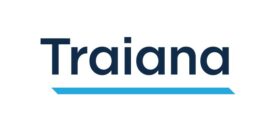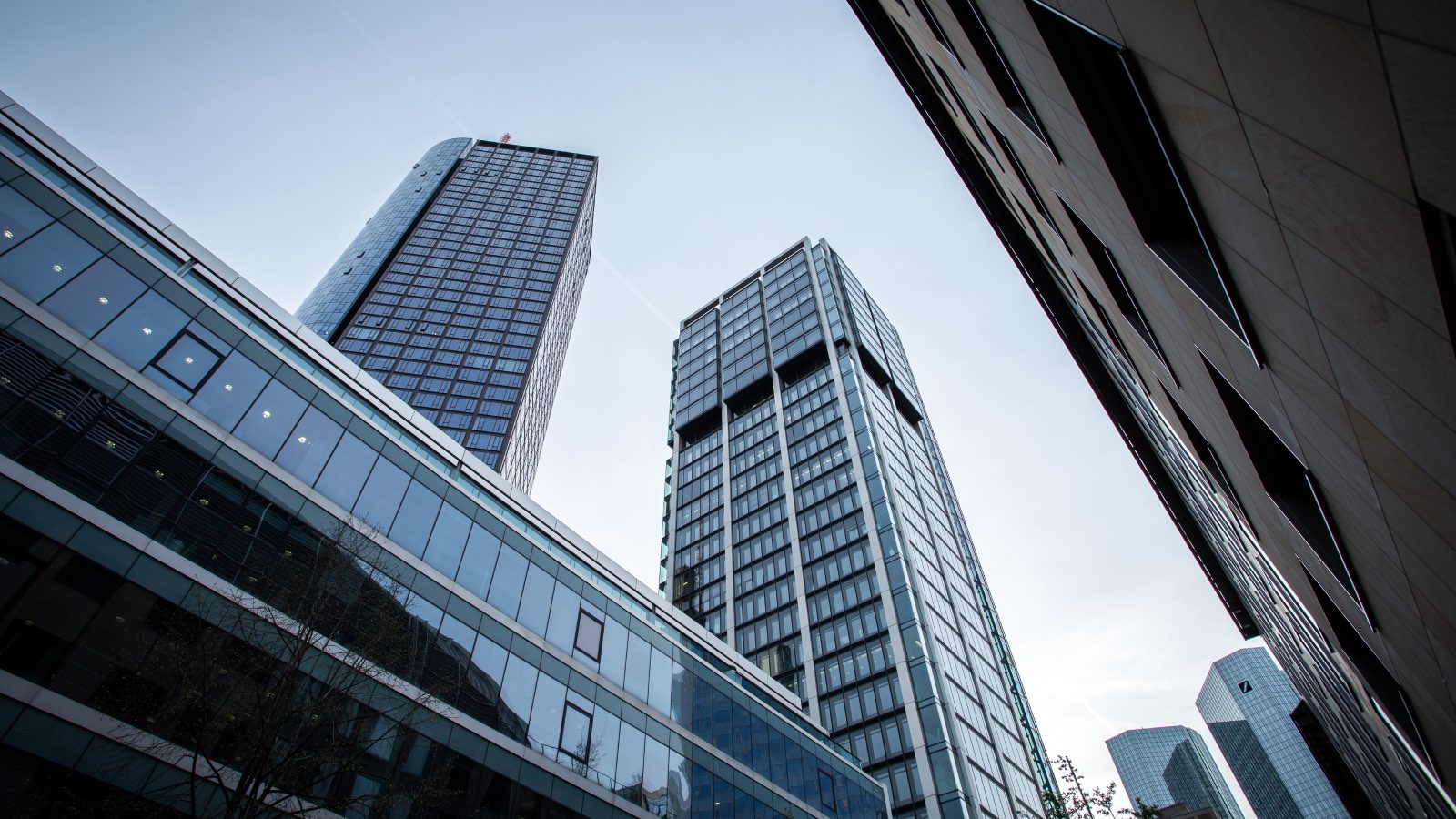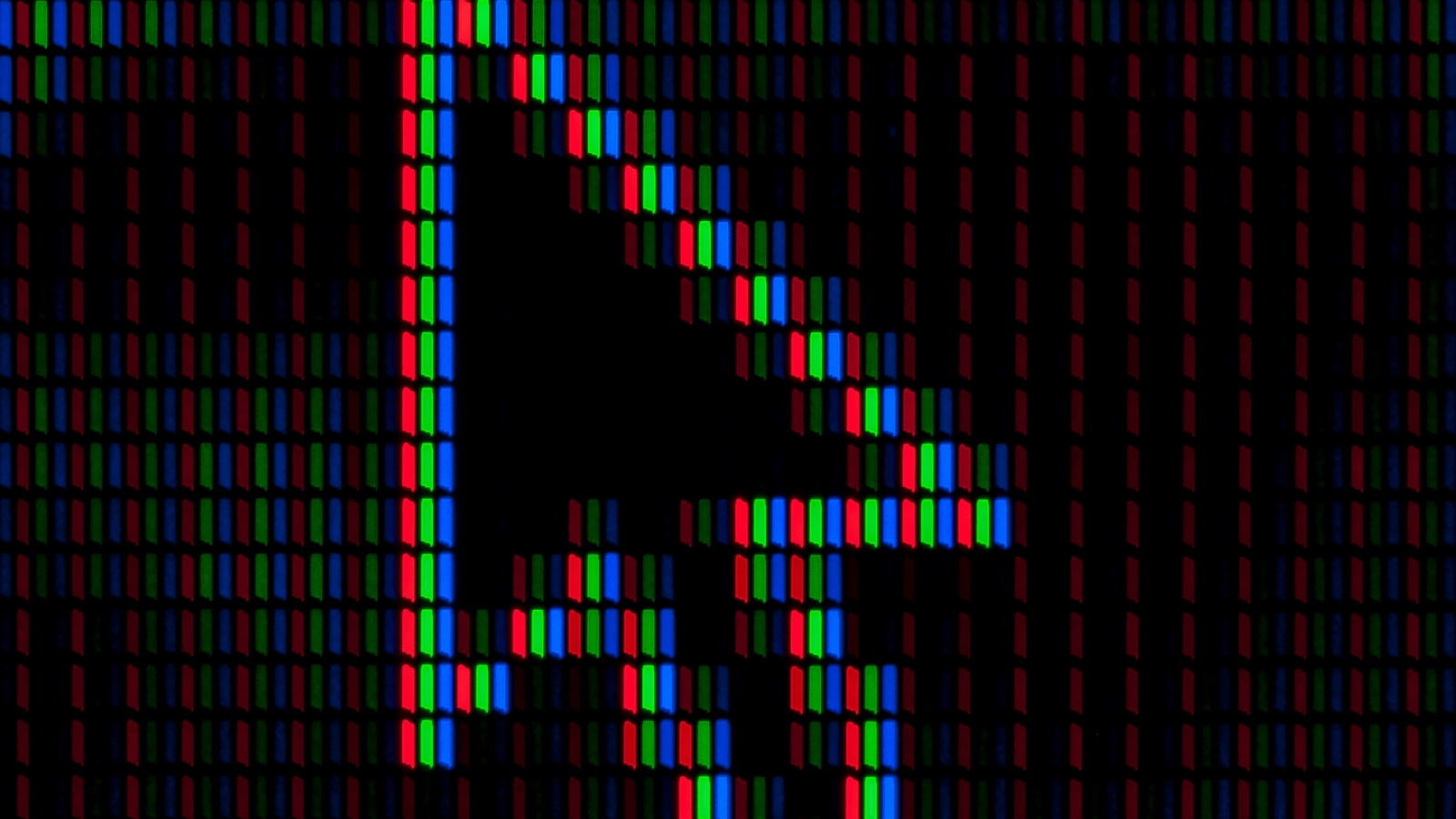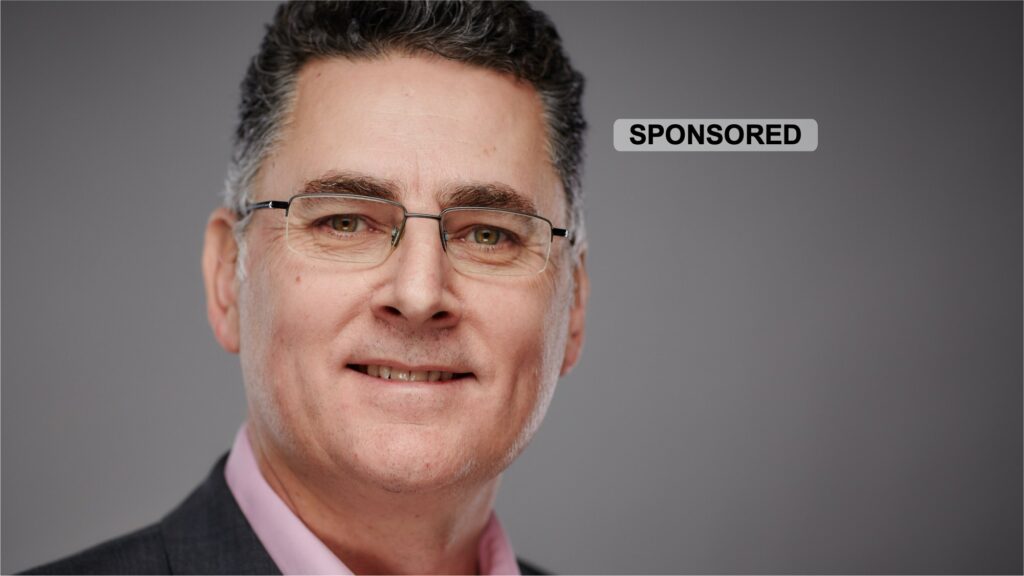Meet Steve French, Head of Product Strategy for CME Group’s Traiana, for a talk on how the buy-side is adopting the latest post-trade technology.

For more information on Traiana, visit cmegroup.com/traiana
How has the post-trade world been impacted by the Covid-19 pandemic?
The current situation has been dominating every aspect of the financial markets and our day to day lives. It’s also impacting Traiana on several different levels. We have seen huge increases in trade volumes across our network for all asset classes. All our staff have had to work from home, but all required connectivity, allocation processing, and matching, all the way down to the end of the trade lifecycle at settlement and clearing has worked extraordinarily well.
How big of a fund do I need to be before I could consider post-trade solutions offered by Traiana?
With everybody we work with from the tier ones to the smaller hedge funds, we always find some element of manual processing that takes place — whether that’s from the front to back office or down to settlement. So, it’s not about the size — it’s about the number of counterparties. Whether there have been any acquisitions resulting in multiple internal systems, is there one system looking after just one asset class?
We think that most things can be automated. So again, it’s not so much the size — it’s a mindset change to see which manual post-trade services can be automated. It is technology, now more than ever, that is going to be helping people during this difficult period.
Where would you expect hedge funds to increase their spend in the coming months?
With the post-trade side of things, it’s more about reconciliation — looking for those optimisations in the post-trade processing trade lifecycle. People are thinking more holistically about what problems they have today, and how and where they’re going to save money.
Where is the change coming from?
Most of the industry has been focused on regulation, since 2008 and before with MiFID I, so we’ve had a whole generation of people working on nothing but regulation with a lot of investment in the front office, and not so much the back and post-trade side of things.
There will always be innovation in the front office, but what we’re seeing now is clients looking to optimise post-trade events. There’s operational cost, and where there’s cost, there’s operational risk. Most of the conversations that we’re having now are around how to smooth out those touch points.
Clients are asking, rather than having multiple connections out to multiple vendors, can I do it using a more consolidated vendor approach? At one extreme, people are looking at blockchain and maybe moving to a quicker settlement model. The best thinking now is focusing on how you can reduce the cost, looking at each process in-house, and then thinking about where you can automate.
Which asset classes are taking up the most time and why?
Historically, everybody looked at asset classes and different securities in silos. And what we’re seeing now, especially from the buy-side, is a push to standardise along with the greater usage of industry standard protocols, such as FIX, to try to move everything to look almost the same on T-zero and then on T-plus. Then you’ve got nuances, whether it’s an interest rate swap or whether it’s a synthetic instrument — things must be dealt with differently. But there’s a push, led by the buy-side, to try and move everything to look the same from execution to trade matching, and the brokers are stepping up to the plate with this approach as well. It will take a few years, but what you are going to see is this consolidation down into common workflows using industry-standard protocols.
We’re seeing a move to an event-driven architecture. You can interact with your front-to-back office system, or your separate front and back office systems. You look at the events to see if there are any exceptions, and only if there are, do you then do your break management processing, without reconciling all the way through. It’s going to take a while for everyone to get to this model, but this is where the efficiencies are going to come from, and this is where the intelligent thinking is right now.
In terms of pre-and post-trade technology investments, in what areas are you currently investing?
We’re investing a lot in Traiana right now. We’re moving to a cloud-based, micro-service driven architecture that’s going to enable us to consolidate our asset class processing as well. We already have the first releases coming out this year, benefitting many of our buy-side clients.
You can immediately gain operational savings. For example, minimizing connectivity costs because you’re all connecting across the same robust infrastructure. Traiana has an extensive network of all different kinds of market participants.
Due to industry demand, we are also investing heavily in self-service technology. Many buy-side firms have a lot of fund accounts they manage, with different names. Brokers know these funds by different names and tying all of this up has been a long-standing industry problem. So, what we’re doing now is empowering hedge funds and asset managers to be able to maintain a lot of these fund names themselves.
To analyse breaks in the system based on the alert service, and then remediate: do what they can, tell them how they can remediate those trades, and get these trades played back into the system if need be. This is all coming online this year.
When you’re onboarding people to new technologies, how do you get them comfortable with your process?
The key thing is that you need to have things running in parallel. You have to ask clients, “Do you want to take the opportunity to connect differently, to do some testing with us?” this is the trigger point where you can start making in-roads into these operational efficiencies.
If you just move everything over wholesale and do the monitoring in isolation, people are missing a trick, and we’re really pleased with the interaction that we’re having with the buy-side as well as the sell-side on this. Another key point is the simplicity to test a sunny day scenario- – does a trade flow through the system? Yes, of course it does. So, you must consider all the outside events – amendments and cancellations, all the things that might take place when you don’t expect them, and on T+1. That’s where the tough testing comes in, and where all the hard work must be put in.
How technology can be trusted to manage the process in its entirety?
There is no need to create a huge project. Often, we find that we need to take out manual processes that are currently used for reconciliation. We find that there’s always opportunity here, even with the smallest clients.
For more information on Traiana, visit cmegroup.com/traiana
Steven French is responsible for the company’s post-trade strategy for Credit Risk, Trade Workflow and Optimisation services across Fixed Income, FX and Listed Derivatives. Prior to joining Traiana in 2010, Steve worked as a consultant for several sell side, buy side, exchange and inter dealer broker firms where he architected and implemented a range of post-trade processing solutions.












